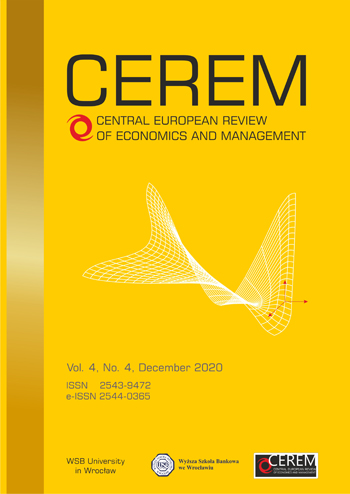Linking the EU ETS with California’s Cap-and-Trade Program: A law and economics assessment
Linking the EU ETS with California’s Cap-and-Trade Program: A law and economics assessment
Author(s): Manolis KOTZAMPASAKIS, Edwin WOERDMANSubject(s): Economy, Business Economy / Management
Published by: Wyższa Szkoła Bankowa we Wrocławiu
Keywords: EU ETS; California’s Cap-and-Trade Program; Linking; Emissions Trading; Climate Change; Law and Economics
Summary/Abstract: Aim: This paper aims to evaluate the legal barriers and policy obstacles to linking the European Union Emissions Trading System (EU ETS) with California’s Cap-and-Trade Program in the United States, and to identify potential legal solutions to overcome them, by taking a law and economics perspective. Design / research methods: A qualitative law and economics analysis is performed by combining the legal-dogmatic method with insights from economic theory. Primary sources are the respective legal frameworks, ETS regulations, past linking agreements and relevant case law. Secondary sources include the relevant legal and economic literature, as well as policy documents, reports and press releases. Conclusions / findings: An EU-California linkage of emissions trading systems (ETSs) is legally feasible on the basis of an informal agreement, through reciprocal amendments to the respective ETS-regulations. Potential barriers could emerge, in particular from misaligned provisions regarding price containment measures and offsets. A gradual implementation of certain mutually beneficial ETS reforms, possibly in conjunction with initially restricted linkage, can provide momentum for transcending these barriers. Originality / value of the article: To date, no linking has taken place between emissions trading systems from different continents. This paper contributes to the legal-economic literature on linking the EU ETS with California’s Cap-and-Trade Program by performing an up-to-date analysis of its associated barriers and by providing concrete legal suggestions to possibly overcome them. Such a transatlantic linkage could enhance the cost-effectiveness of climate policy and contribute to the bottom-up expansion of carbon markets worldwide.
Journal: Central European Review of Economics and Management (CEREM)
- Issue Year: 4/2020
- Issue No: 4
- Page Range: 9-45
- Page Count: 37
- Language: English

